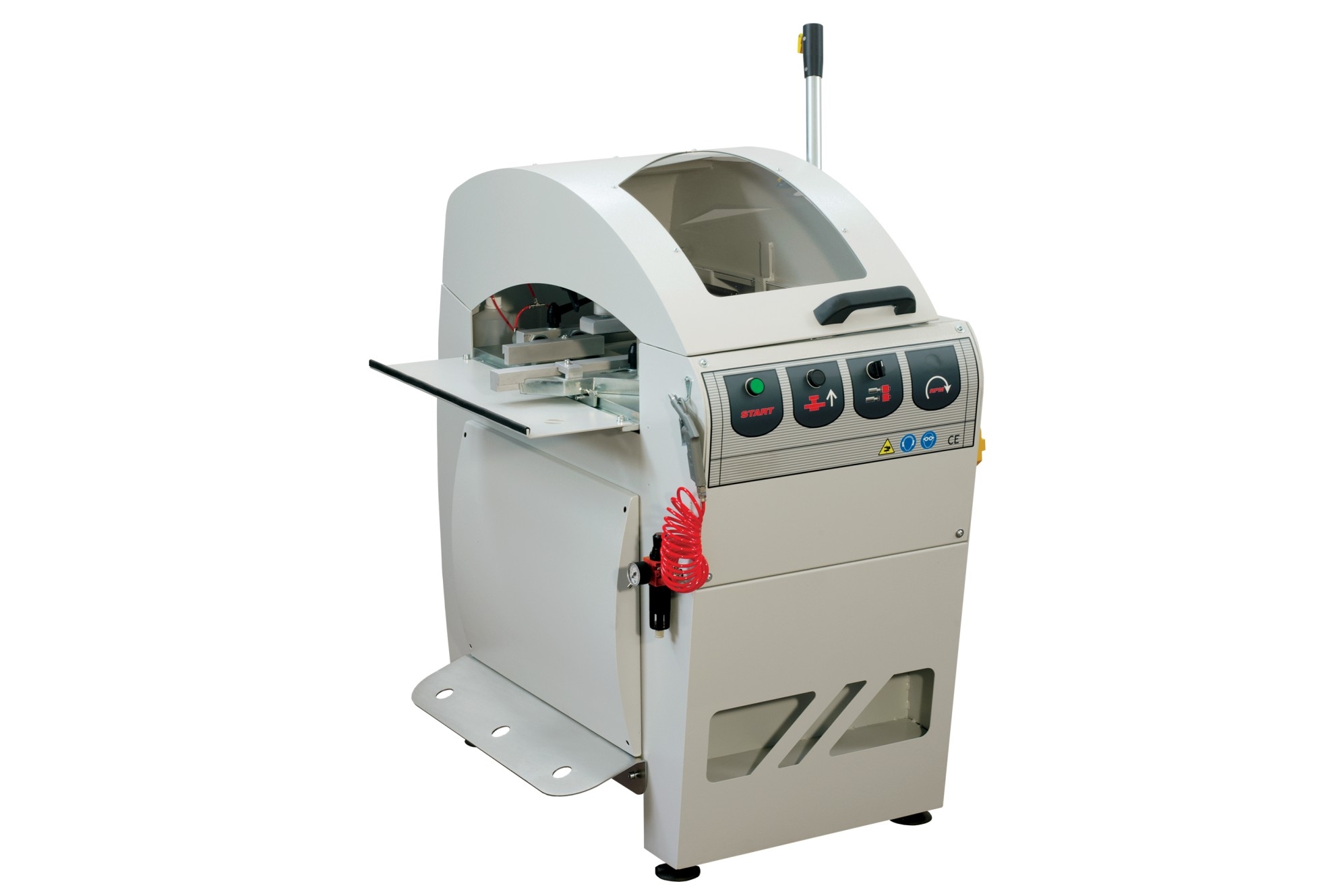The Ultimate Guide to End Mill Machines: Understanding, Selecting, and Using

End mill machines are indispensable tools in the world of manufacturing and machining. They are versatile, efficient, and essential for producing precise and intricate cuts in various materials.
This blog will delve into the intricacies of end mill machines, from their functions and types to selection criteria and practical tips for usage.
What is an End Mill Machine?
An end mill machine is a type of milling cutter, a cutting tool used in industrial milling applications. It is distinguished from a drill bit by its ability to cut in all directions, not just axially. End mills are used in milling applications such as profile milling, tracer milling, face milling, and plunging.
Types of End Mills
End mills come in a variety of types, each designed for specific tasks and materials. Here are some common types:
-
Flat End Mills: These are the most common type of end mills, featuring a flat cutting surface. They are used for creating sharp corners and flat-bottomed slots and pockets.
-
Ball End Mills: These end mills have a rounded cutting edge and are used to create contoured surfaces, grooves, and pockets.
-
Corner Radius End Mills: These end mills have rounded corners, which help reduce chipping and extend the tool's life. They are ideal for roughing and semi-finishing tasks.
-
Roughing End Mills: These end mills have serrated cutting edges that reduce cutting forces and allow for higher feed rates. They are used for removing large amounts of material quickly.
-
Finishing End Mills: These end mills have smooth cutting edges and are used for final cuts, producing high-quality surface finishes.
-
Single Flute End Mills: These are used for high-speed machining of non-ferrous materials like aluminum and plastics.
-
Multi-Flute End Mills: These end mills have multiple cutting edges and are used for finer finishing tasks.
Materials Used in End Mills
End mills are made from a variety of materials, each offering different properties and benefits:
-
High-Speed Steel (HSS): HSS end mills are affordable and offer good toughness. They are suitable for general-purpose machining but wear out faster than other materials.
-
Carbide: Carbide end mills are extremely hard and wear-resistant, making them ideal for high-speed machining and cutting harder materials. They are more expensive than HSS but offer longer tool life and better performance.
-
Cobalt: Cobalt end mills are a blend of cobalt and HSS, offering improved heat resistance and hardness. They are suitable for cutting tougher materials.
-
Ceramic: Ceramic end mills are used for high-speed machining of hard materials. They offer excellent heat resistance and wear properties but are more brittle than other materials.
Selecting the Right End Mill
Choosing the right end mill for your machining task involves several factors:
-
Material to be Machined: The type of material you're cutting will influence the choice of end mill material and geometry. For example, carbide end mills are preferred for hard materials like stainless steel.
-
Cutting Parameters: Consider the cutting speed, feed rate, and depth of cut. These parameters will determine the end mill's performance and tool life.
-
Tool Geometry: The shape and size of the end mill should match the specific machining task. Flat end mills are suitable for creating flat surfaces, while ball end mills are used for creating contoured surfaces.
-
Coatings: Coatings like titanium nitride (TiN), titanium carbonitride (TiCN), and aluminum titanium nitride (AlTiN) can enhance tool performance by reducing friction, improving wear resistance, and increasing cutting speed.
Using End Mill Machines: Best Practices
To get the best results from your end mill machine, follow these best practices:
-
Proper Tool Selection: Choose the right end mill based on the material and the specific machining task. Ensure that the tool is sharp and in good condition.
-
Correct Cutting Parameters: Use appropriate cutting speeds and feed rates to avoid excessive tool wear and breakage. Refer to manufacturer guidelines for recommended parameters.
-
Tool Path Strategy: Plan the tool path carefully to minimize unnecessary movements and optimize cutting efficiency. Use strategies like climb milling for better surface finish and tool life.
-
Coolant and Lubrication: Use appropriate coolants and lubricants to reduce heat buildup and prolong tool life. This is especially important when machining tough materials.
-
Machine Maintenance: Regularly maintain your end mill machine to ensure optimal performance. Check for wear and tear, and replace worn parts as needed.
-
Operator Training: Ensure that operators are properly trained in using end mill machines. This includes understanding tool selection, cutting parameters, and safety procedures.
Applications of End Mill Machines
End mill machines are used in a wide range of industries and applications, including:
- Aerospace: Machining complex components with high precision and tight tolerances.
- Automotive: Producing engine parts, molds, and other critical components.
- Medical: Manufacturing surgical instruments, implants, and other medical devices.
- Die and Mold Making: Creating molds for plastic injection molding and metal casting.
- Electronics: Machining components for electronic devices and circuit boards.
Conclusion
End mill machines are vital tools in modern manufacturing, offering precision, versatility, and efficiency. Understanding the different types of end mills, selecting the right tools, and following best practices can significantly enhance machining performance and productivity. Whether you're working in aerospace, automotive, medical, or any other industry, investing in the right end mill machines and using them effectively can unlock new levels of success and innovation.

- Industry
- Art
- Causes
- Crafts
- Dance
- Drinks
- Film
- Fitness
- Food
- Games
- Gardening
- Health
- Home
- Literature
- Music
- Networking
- Other
- Party
- Religion
- Shopping
- Sports
- Theater
- Wellness
- News


